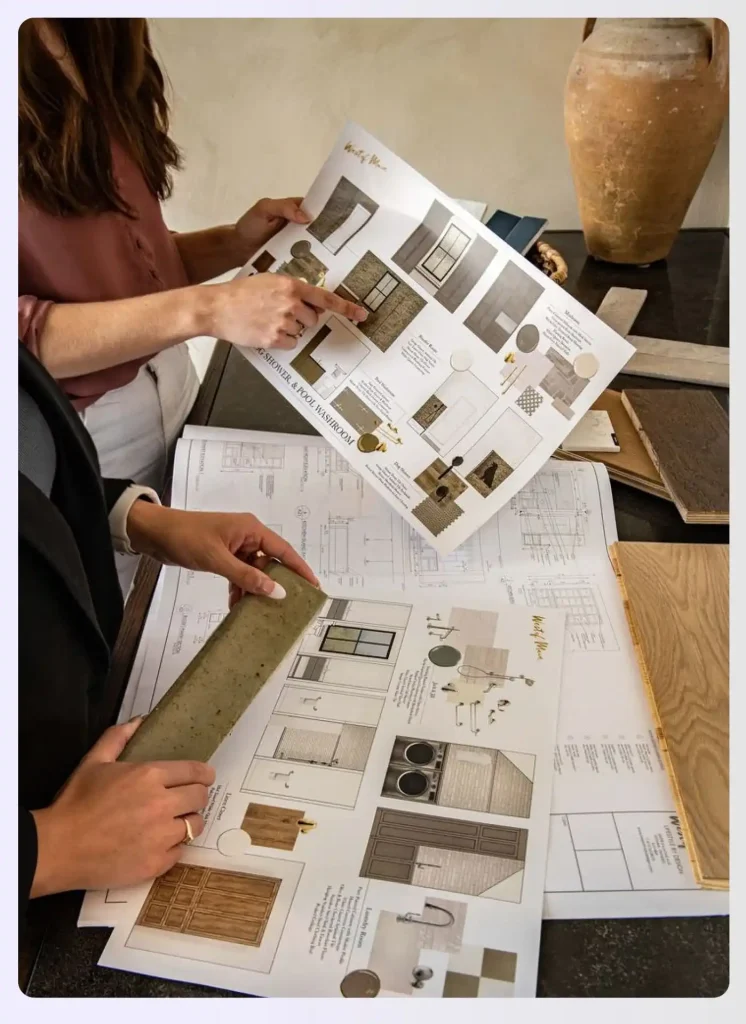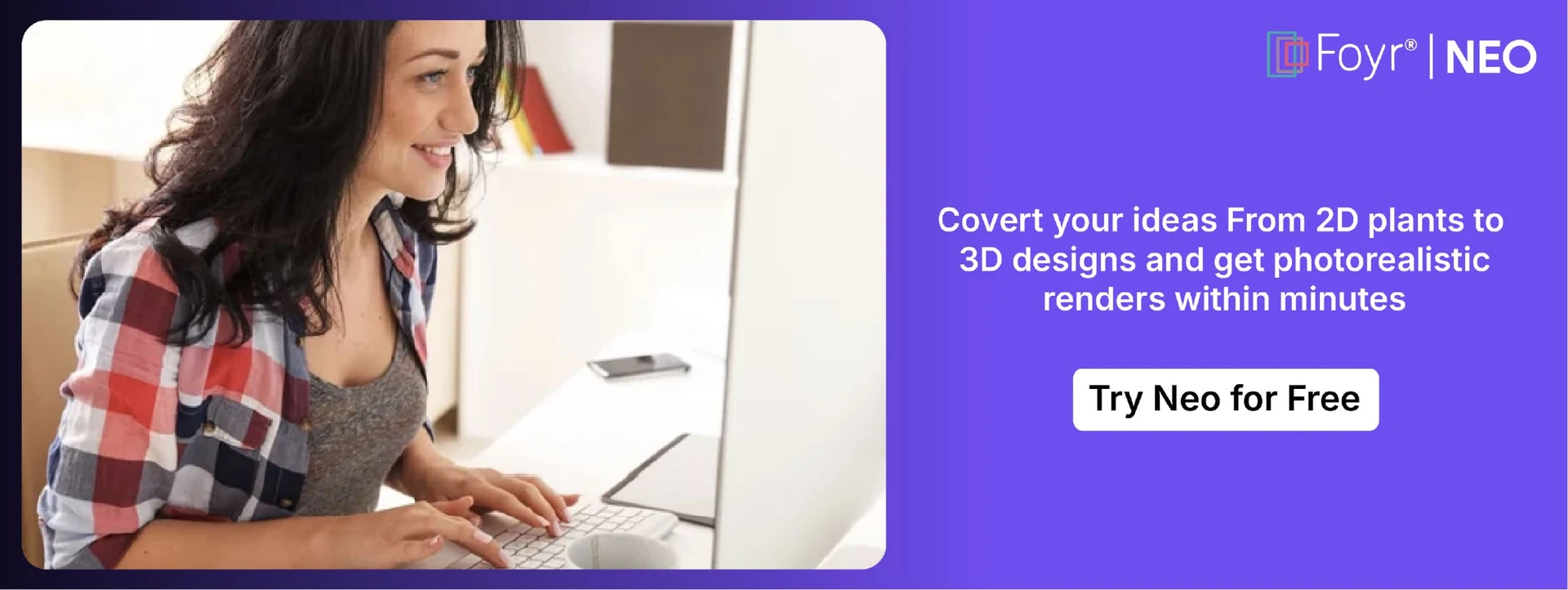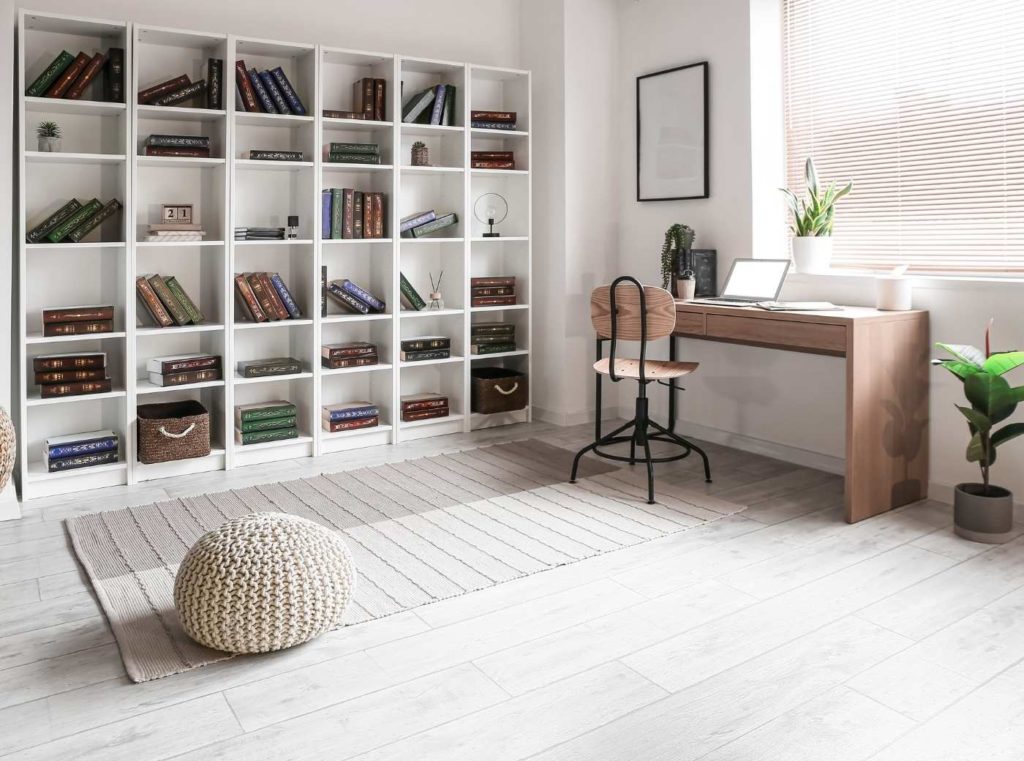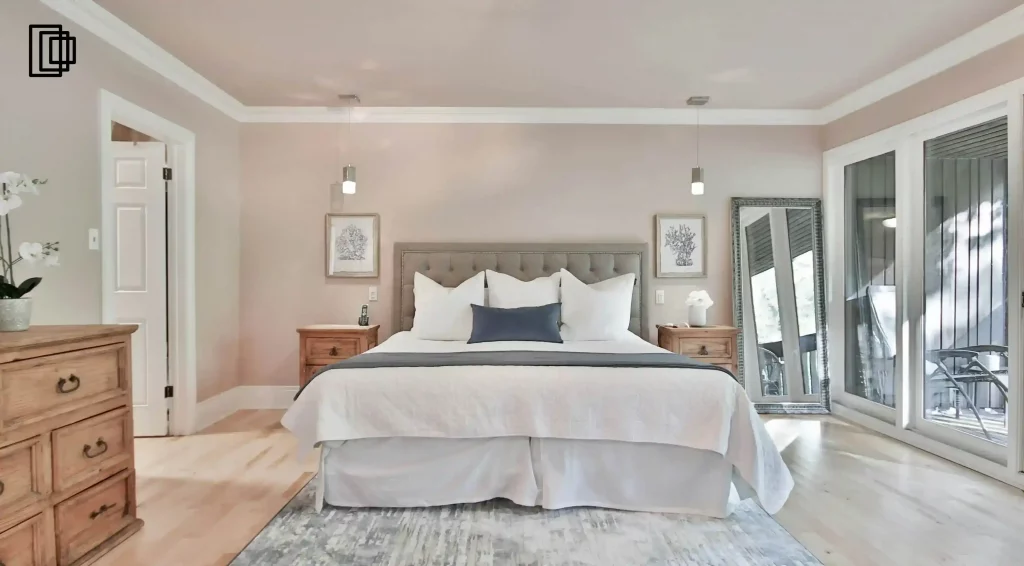Before moving to your next design work, it’s crucial to cushion yourself from uncertainties. We don’t live in a perfect world, and let’s be honest, it’s scary to trust people with your expertise and skills in exchange for money. A proper interior design contract backed by legal advice is your first line of defense.
A good residential interior design contract will shield you from misunderstandings and chaos. It’s the best way to set clear expectations, manage timelines, and ensure you get paid for your amazing interior design work. This document outlines every single detail, so everyone is on the same page from the start of the project.
This blog covers everything essential for your interior design contract. While it’s always wise to have your legal counsel review the final document, this guide will give you the confidence to draft a written agreement that supports legal compliance and enhances your client relationships. Let’s get started.

What is an Interior Design Contract and Why Is It Important?
The interior design contract is a formal, written agreement between you (the designer) and your clients. It provides a detailed scope of the project, pricing, payment contract terms, and other key policies to make sure everything is clearly understood.
This services agreement is vital for both parties. You, the designer, need it to manage project details and run the process smoothly. The client needs it to have a clear understanding of timelines, deliverables, and design intent, ensuring all goes well.
Importance of Legal Interior Design Contracts
A legally binding interior design service agreement is regarded as the foundation for a successful project because:
- It clearly defines the scope of the project, preventing “scope creep” later.
- It establishes clear expectations and payment timelines, ensuring you get paid on time.
- It allocates risks and limitations of liability, such as property damage, through indemnity clauses.
- It protects you from unforeseen events (force majeure) like pandemics or disasters.
- It outlines a clear process for termination or legal action, protecting both parties.
See also – Types of Commercial Leases
17 Clauses to Include in Your Interior Design Contract
Ready to learn how to prepare an interior design contract? Here are the 17 essential elements you absolutely should not miss.
1. Parties and Contact Info: Start with the basics. This clause legally identifies everyone involved. Include your full business name (e.g., “Studio Design LLC”), address, phone number, and license number (if applicable). You also need the client’s full legal name(s), the project address (which may be different from their billing address), and their primary contact information. This ensures there is no ambiguity about who is bound by this interior design contract.
2. Detailed Scope of Work: This is your project’s design plan. Be incredibly specific about the project scope. List all services you will perform, like “conceptual design,” “space planning,” “sourcing furniture,” and “installation oversight.” Just as importantly, list what is not included. Explicitly state that services like plumbing, structural engineering, painting, or electrical work are the client’s responsibility and are not part of this interior design contract. A good idea is to link your deliverables to specific design phases for better client experience.
3. Design Fees and Charges: Clearly state how you get paid. Explain your fee structure: is it an hourly rate, a fixed fee, or a cost-plus model? If hourly, define what is billable, such as calls, emails, research, and travel time. If fixed, specify what it covers. This clause is where you connect your services to your value, so be transparent.
See also: How Much Do Interior Designers Cost?
4. Payment Terms: Outline the exact payment schedule. This clause dictates your cash flow. Specify the amount or percentage for the initial retainer (due upon signing), and the schedule for subsequent payments (e.g., “40% upon approval of final design,” “10% upon project completion”). State the invoice due date (e.g., “Net 15 days”) and the payment methods you accept.
5. Purchasing and Procurement: Define the purchasing process. State that you will not order any items (furniture, fabric, etc.) until a deposit or full payment for those items is received from the client. This protects you from being financially responsible for goods. This interior design contract clause should also note that if the client chooses to purchase items themselves, they are solely responsible for paying the vendor, coordinating delivery, and handling any issues.

6. Refunds and Cancellations: Be crystal clear about your refund policy. State that once furnishings, materials, or decor are purchased, they are non-refundable, especially for custom-made items. The client must understand that you are not responsible for reimbursing them if a vendor doesn’t offer a refund or for any order cancellation fees they incur.
7. Contractors and Consultants: Clarify your role versus other professionals. State that you are not responsible or liable for the services, work, or warranties of any third-party contractors (GCs, painters, electricians) or consultants (architects, engineers). The client must have a separate agreement with them. Your only responsibility is to observe their work to ensure it aligns with the design intent.
8. Reimbursable Expenses: This clause ensures you’re not paying for project costs out of your own pocket. List the types of out-of-pocket expenses the client will reimburse you for. Common examples include blueprint printing/plotting, postage and courier services, project-specific travel costs outside a defined radius (e.g., “25 miles from your studio”), and any required storage fees for client-approved items.
9. Late Payment Penalties: Protect your business from late payments. This clause in your interior design contract motivates clients to pay on time. State the terms clearly: for example, “Invoices not paid within 15 days of receipt will incur a late fee of 1.5% per month (or the maximum rate allowed by law) on the outstanding balance.” You can also state that all work will stop until the account is paid in full.
10. Client Responsibilities (Insurance): The client has homework, too. This clause outlines their obligations, which include providing timely feedback and decisions, ensuring site access, and having adequate insurance. It should specifically state that the client is responsible for having property insurance to cover all furnishings and materials during handling, moving, and installation, as you are not liable for accidental damage to their property.
11. Photography and Portfolio Rights: You did the work, so make sure you can show it off. Include a clause that the client agrees to let you professionally photograph the project before and after completion (at your expense). State that these photos can be used for your portfolio, website, social media, and other marketing purposes, with the client’s signature on the interior design contract serving as approval.
12. Price Guarantees: You can’t control the market, so don’t let it control you. Add a clause stating that you do not guarantee the prices of goods, materials, or third-party services (like contractors). Quotes from vendors are often valid for only 30 days. This clause protects you from being responsible for price increases that are beyond your control.

Image Credit: Pinterest
13. Project Phases and Deliverables: Break the project down into manageable stages. This helps the client understand the journey. Common phases include Pre-Design (briefing, site measure), Design Development (concept, mood boards, 3D renders), Contract Documents, Construction/Installation Supervision, and Project Close-Out. Detail the specific deliverables (e.g., “two-floor plan options”) for each stage and how client approvals will be handled.
14. Intellectual Property: This clause is crucial: you own your creative work. State clearly that you (the designer/design firm) retain all copyrights and ownership of the drawings, plans, specifications, and 3D models. The client receives a limited, non-exclusive license to use the drawings for their specific project only. They cannot, for example, use your plans to build the same design in another location.
15. Termination Clause: Every interior design contract needs a clear exit strategy for both parties. Include a clause that allows either the client or the designer to terminate the contract at any time with a specified amount of written notice (e.g., “14 days”). Crucially, it must state that the client is responsible for paying for all services rendered and reimbursable expenses incurred up to the date of termination.
16. Force Majeure: This is your protection from the truly unexpected. This clause, meaning “superior force,” frees both parties from liability if they cannot perform their duties due to unforeseen events beyond their reasonable control. This includes “acts of God” like natural disasters, pandemics, wars, or supplier shutdowns. This allows you to claim an extension of the working period without being in breach of the interior design contract.
17. Dispute Resolution: Outline a process for handling disagreements before they escalate to a costly lawsuit. Have your lawyer confirm the best approach for your jurisdiction. This often involves a two-step process: first, good-faith mediation, and if that fails, binding arbitration. This clause should also define the “Governing Law” (i.e., which state’s laws will be used to interpret the interior design contract).
How is a Contract Different From an Interior Design Scope of Work?
This is a common point of confusion! Let’s clarify.
The Scope of Work (SOW) is one critical component of your interior design contract, but it isn’t the contract itself. The SOW is a detailed list that defines what you will do (the tasks, deliverables, and services).
The interior design contract is the complete, legally binding document that contains the SOW and all the other crucial business terms, like payment schedules, liability, intellectual property rights, and termination clauses.
| Aspect | Scope of Work (SOW) | Interior Design Contract |
| Primary Purpose | Defines what work will be done and the deliverables. | Legally binds the entire business relationship. |
| Content Focus | Tasks, services, project phases, and exclusions. | Fees, payment terms, liability, IP, termination. |
| Legal Standing | A description of services; part of the agreement. | The enforceable, overarching legal document. |
| Analogy | The “To-Do List” or “Recipe” for the project. | The “Rulebook” and “Financial Agreement” for the project. |
| Function | Manages project expectations and prevents scope creep. | Manages risk, ensures payment, and provides legal protection. |
Read also: Digital Marketing for Interior Designers
Where to Find Interior Design Agreement Templates?
While you can find generic templates online, they often lack the specific, protective clauses a professional interior designer truly needs. They might miss key items on liability, intellectual property, or purchasing, leaving you exposed.
The best resources are those created for interior designers. At Foyr, we believe in empowering our community with the tools for success. That is why we have created a comprehensive, free interior design contract checklist and guide to help you get started.
Download your free interior design contract template:
Free Interior Design Contract Template from Foyr.pdf
Start a Successful Interior Design Business With the Right Software
Having the right business tools makes every stage of the interior design process, from drafting a contract for interior design services to final render, easier and more efficient. Foyr Neo is your one-stop shop for all your design needs, helping you manage your projects and wow your clients.
- Effortlessly build detailed 2D floor plans and edit them in 3D.
- Drag and drop from 60,000+ pre-modeled products.
- Create stunning, photorealistic 12K renders in just minutes.
- Access your designs and 3D visualization tools from any computer via the cloud.
- Impress clients with amazing visuals to get faster approvals.
This powerful, cloud-based interior design software saves you time and money, letting you focus on what you do best: creating remarkable home designs.
Book a 14-day free trial of Foyr Neo to explore the potential of infinite creation and streamline your interior design business.
Frequently Asked Questions (FAQs)
How do I get an interior design contract?
You can draft one yourself using a comprehensive guide and template (like this one!) or hire a lawyer to create a custom interior design contract for your business. Many designers use a template as a starting point and then have an attorney review it to ensure it’s compliant with local laws and fully protects their business interests.
Is there a typical clause which I should not miss in an interior design contract?
Never miss the “Scope of Work” and “Payment Terms” clauses. The scope defines exactly what you will and won’t do, preventing scope creep. The payment terms (including your fee structure, schedule, and late-fee penalties) are critical for ensuring your interior design contract protects your cash flow and that you get paid fairly for your work.
How to write an interior design fee proposal?
A fee proposal is often a preliminary document that outlines your design concept and associated costs. It should break down your fee structure (hourly, fixed, etc.), estimated total cost, project timeline, and the scope of services. Once the client agrees, these details are then formalized into your legally-binding interior design service agreement.
How to calculate interior designer cost?
Interior designer costs are typically calculated using a few common methods. You might charge an hourly rate, a fixed flat fee for the entire project, or “cost-plus,” which is the cost of goods plus a percentage markup. Software like Foyr Neo can help you estimate time and source items, making it easier to calculate your project costs accurately.











